Top Peak Climbing Expeditions Tours in Indian Himalaya
 Last Updated: 08 Feb, 2019 By Arun Joshi
Last Updated: 08 Feb, 2019 By Arun Joshi
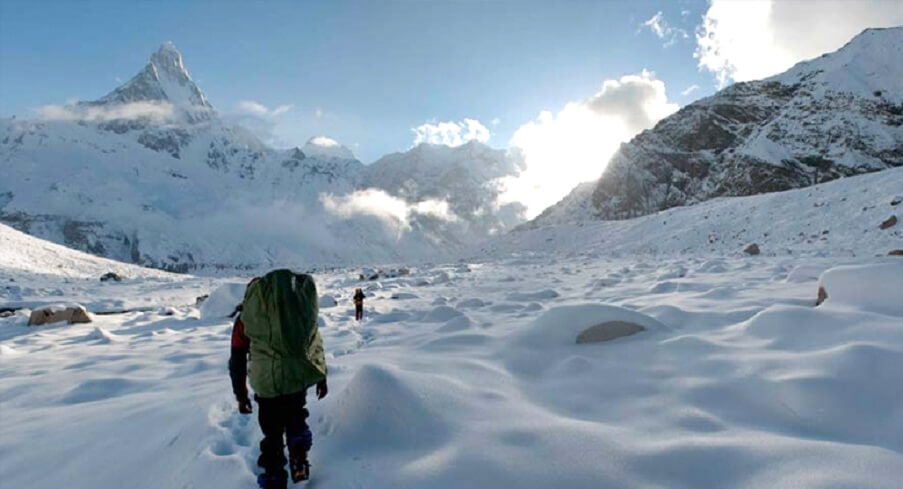
“Great things are done when Men and Mountains meet. This is not done by jostling in the street.” – William Blake
Life is all about the way you mould it. Adventure is the best way to experience the liveliest moments of your life. If you are missing the thrill from your life, then take an adventure trip to climb the mountain peaks in the Indian Himalayas. Today, peak climbing in India is flourishing at an incredible pace. Every year, loads of tourists visit India to scale high peaks of the Himalayas, bringing back great exciting experience of peak climbing. The main regions in peak climbing in India are Uttarakhand, Jammu and Kashmir, Sikkim and Himachal Pradesh. Below mentioned, are the top peak climbing expedition tours in the Indian Himalayas:
Mount Shivlinga

Mount Shivlinga, a 6543-meter high mountain, is located in the Garhwal range of mountains in Uttarakhand. The name of this peak refers to its status as a pious symbol of Lord Shiva’s Linga. Because of its resemblance to that Alpine peak, Shivlinga is also known as the Matterhorn Peak, among early European tourists. Shivlinga is also called Mahadeo Ka Linga, appearing as a single pyramid if seen from Gaumukh. Shivlinga is a twin-summit mountain, with the northeast peak being slightly higher than the southwest peak. The mountain is well defined by steep rock faces on every side. The best months to climb this particular peak are from June to September. Jolly Grant airport in Dehradun is the nearest airport and Haridwar is the nearest railhead.
Mount Kedar Dome
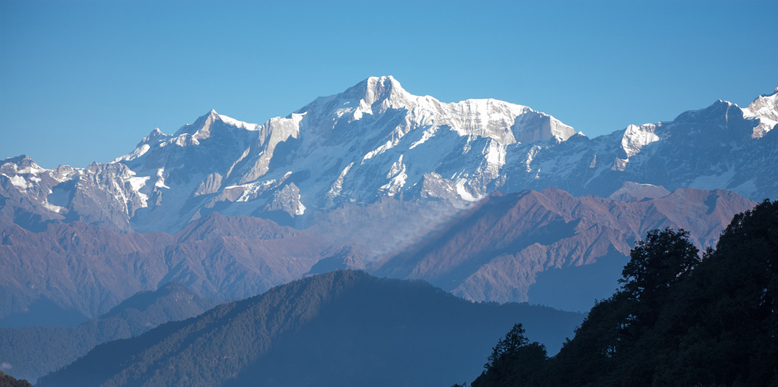
Kedar Dome is in the Gangotri Group of peaks that falls in the Western Garhwal Himalayas. It lies at a two kms of distance from the northwest of the Kedarnath Peak. Kedarnath and Kedardome peaks surround the Gangotri Glacier at its two sides. It is easier to reach Kedar Dome from the northwest side in comparison to its eastern side. Tourists prefer the northwest side as the eastern side is a challenging climb. The base camp of Kedar Dome is known as the Khara Pathar and is situated at an altitude of 16,000 feet. The route to Kedar Dome is relatively low-angle and straightforward. It is a popular ski ascent during the spring season. May to October is the best period for climbing Kedar Dome.
Mount Kamet
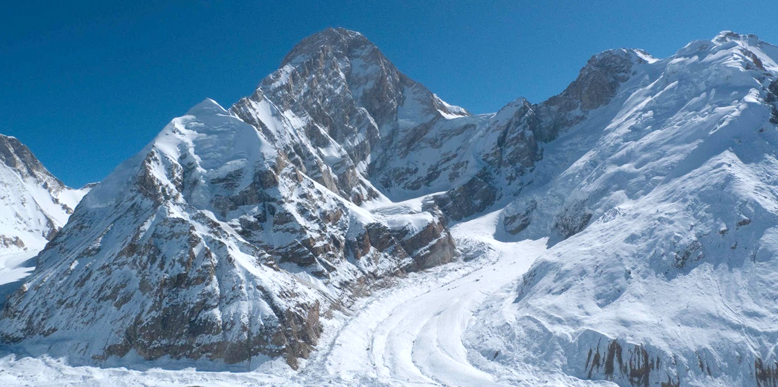
Mount Kamet is the second highest mountain in the Garhwal Region of Uttarakhand, behind Nanda Devi. This majestic mountain is situated in the northern section of Garhwal. Mount Kamet was first of the giant Himalayan Mountains over 25,000 feet to be climbed. This grand peak is situated in north of the main range and is more remote, thus it is less accessible than some of the Himalayan peaks. However, the standard route proffers a relatively easy climb, starting from the East Kamet Glacier and passing through the Meade’s Col. This route then continues up to the northeast region of the north face. The best season to climb Mount Kamet is from July to September.
Also Read
Nun and Kun
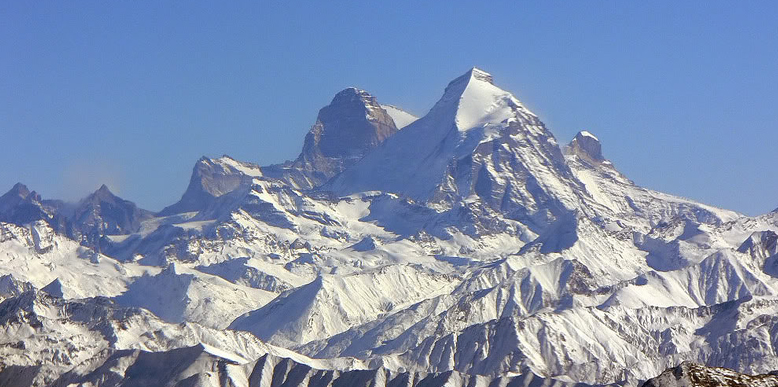
The twin peaks of Nun and Kun are located in the forbidding and rugged landscape of Zanskar in the northern part of India. Nun and Kun are the biggest peaks in the Zanskar region. These two lofty peaks and their satellites: Pinnacle Peak, White Needle, and Barmal form a horseshoe above the Suru River on the border of Kashmir and Zanskar. The base camp route, at the top of Shafat Glacier, is at 4400m and it is reachable in the matter of few days. The climb is suitable for those with climbing experience of Alpine AD or Scottish 2/3. The basic trip is up to the ascent Kun. However, a tourist can extend the peak climbing expedition holidays to India, and make the double climb to ascend slightly difficult Nun whilst acclimatization. July to September is the best months to climb Nun and Kun.
Mount Satopanth
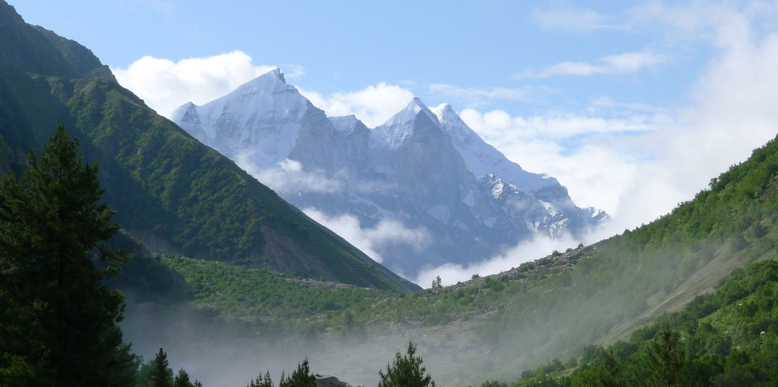
Mount Satopanth, located in the Garhwal Himalayas, is a moderate climb with the complex glacier approach followed by relatively easy angled slopes that are snowy and interspersed with knife-edge ridges. It is the second highest peak in the Gangotri Group situated in the Garhwal Himalayas separating the Chaurangi and Gangotri Glaciers. It is an extremely beautiful point to see the summits of Shivling, Thalay Sagar and awe-inspiring granite pillars of Bhagirathi III. One of the holiest places in India, Gaumukh (the mouth of holy river Ganges), is very close to this place and makes the expedition an unforgettable trip. It is a perfect place to enjoy adventure holidays, unmatched anywhere else in the world. July, August and September are the best months to scale Mt. Satopanth.
Also Read
Mount Thalay Sagar
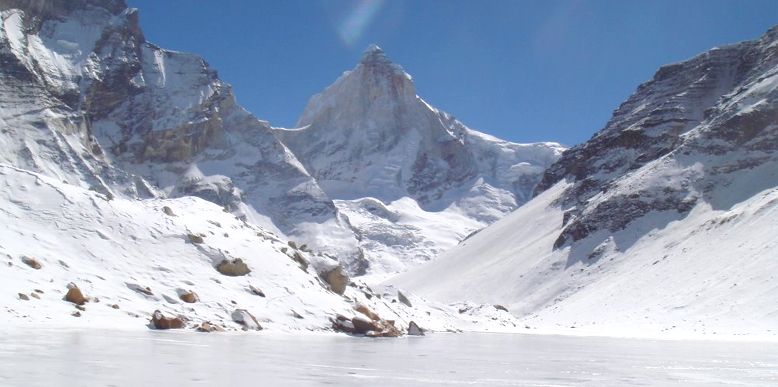
Mount Thalay Sagar is a majestic mountain, situated at just north of Gangotri in Uttarakhand, India. It is one of the most difficult mountains in the Garhwal Range. This peak is located at an elevation of 6,904 mts. The first route is of the North West (NW) Couloir and West Ridge. This route is a technical ice climb in the lower sections. The NE supports a few routes on the North Face and the South Face. Several Attempts on the East Ridge and other faces have also been made. However, the ascent to this peak is very challenging. The best months to climb Mount Thalay Sagar are May, June, July, August and September.
Also Read
Mount Trishul
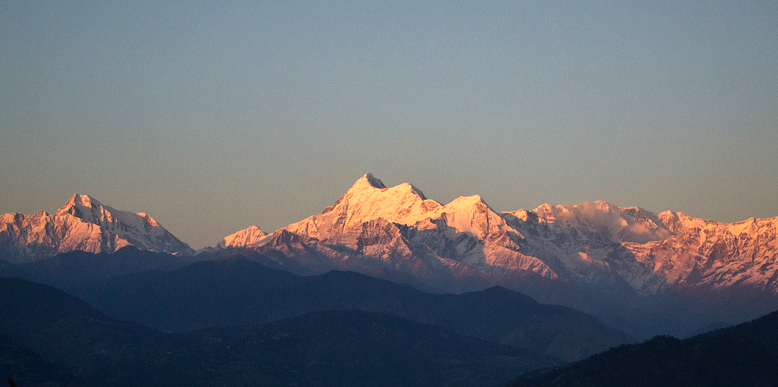
Mount Trishul (23360 ft) is one of the most majestic mountains, and a must visit for the adventurers interested in peak climbing in Garhwal Himalayas. Nanda Devi (25,645 ft) is on the northwest side of Mount Trishul and is connected by a long narrow crest. Mt. Trishul was first of the mountains in the region to be climbed. Today, it is one of the most frequently visited mountains of the Indian Himalayas. This regal peak appears like an enormous trident from Kausani, which is a picturesque place nearby Mt. Trishul. The best months for enjoying adventure holidays in Mount Trishul are of July, August and September.
Mount Thingchinkhang
Mount Thingchinkhang (6010 mts) is the third highest peak in the Sikkim for climbing and located in the western Sikkim. It descends under Kanchenjunga National Park that is a window to the natural beauties, sacred lakes, bio diversity and snow-capped mountains. Mount Thingchinkhang takes through the alpine meadows and Rhododendron bushes. A visitor can see this place from the Okhlathang during the trek to Goecha La Pass. It can be best visited between the months of May and October.
Black Peak
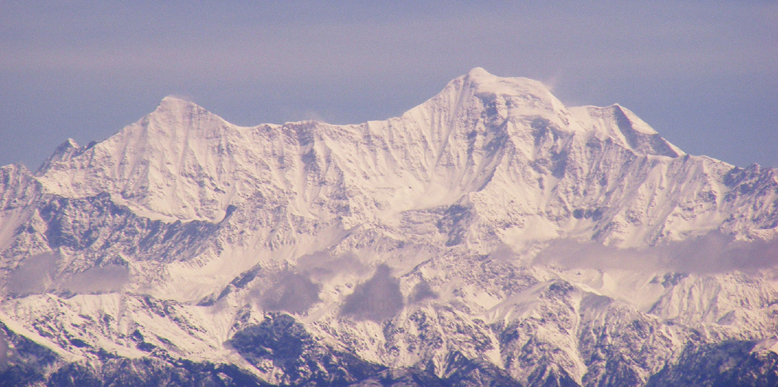
Black Peak, also named as Kalanag (Black Serpent), lies in the northwest of the Bandarpunch massif in the Garhwal Himalayas. It got its name owing to its similarity to the hood of Black Cobra. The black peak can be reached from the road head at Sankri. The route through Osla, Taluka and Ruinsara Valley takes to the base camp at Kyarkoti. The summit offers a gradual and descent southern approach. However, at the northern slope, it features an almost vertical and very steep slope. The best time to climb Black Peak are May, June and then September, October.
Things to keep in mind while peak climbing in Indian Himalaya
There are some major points that should be kept under the consideration before peak climbing. One should know about the climate condition of the place. Before going to the tour, a tourist should prepare himself or herself for this enthralling adventure. Some of the basic things like how to get an experiencing guide should be answered or researched upon as an adventure along with the safety are the perfect combination to enjoy the thrill of climbing!
These are the best peaks for climbing in Indian Himalayas. These summits offer so much to a tourist that one can pack his or her rucksack and go to the peaks ensuring the elating experience. Spring is the best time for climbing expeditions in India.
“For Peak Climbing expeditions in Indian Himalayas call us at +91-9212553109”
 Published: 03 Dec, 2013By Arun Joshi
Published: 03 Dec, 2013By Arun Joshi
Popular Post
Category by Destinations
Recent Post
Enquiry Form
Get Customized Travel Quotes from Peak Adventure


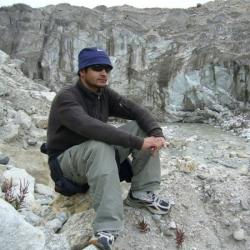
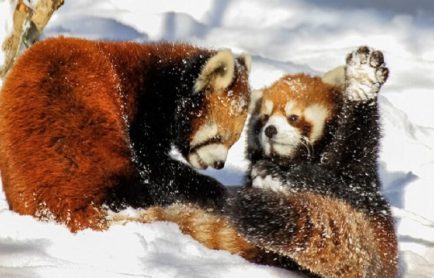
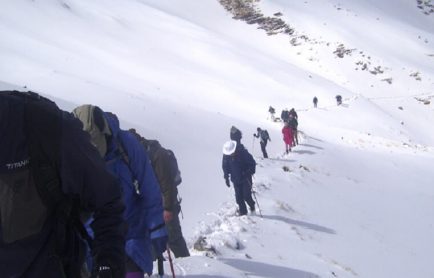
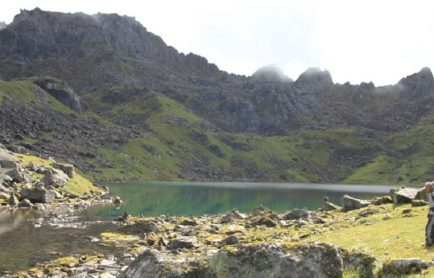
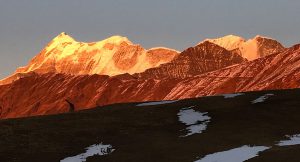
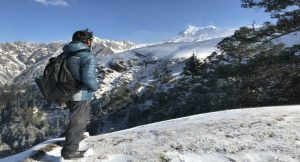
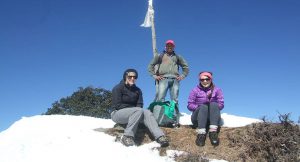
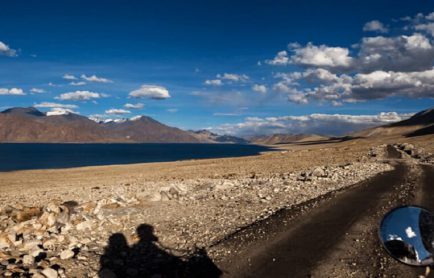
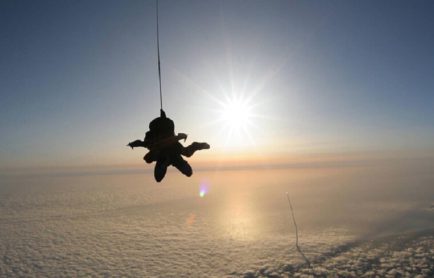
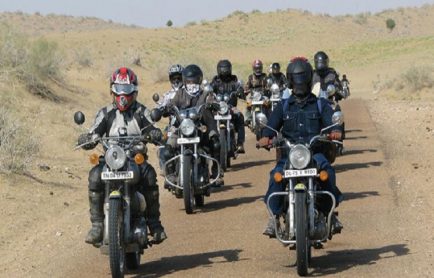

 +919212553108
+919212553108 +919212553108
+919212553108 +919212553109
+919212553109